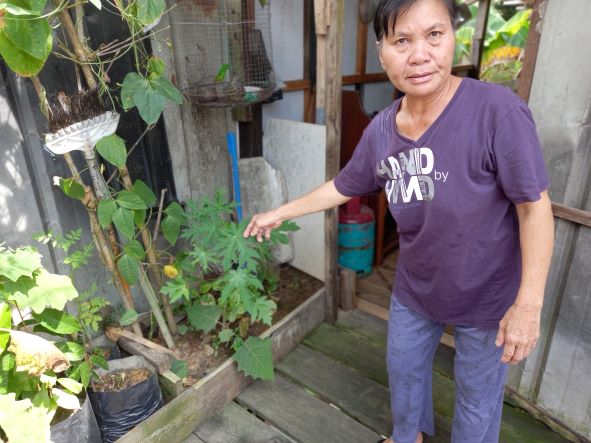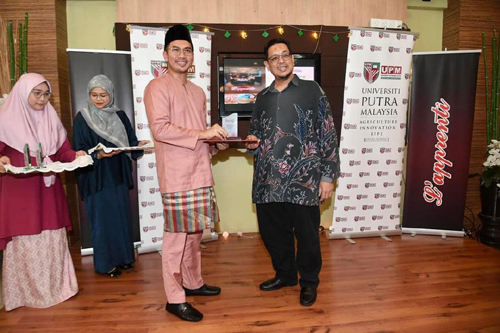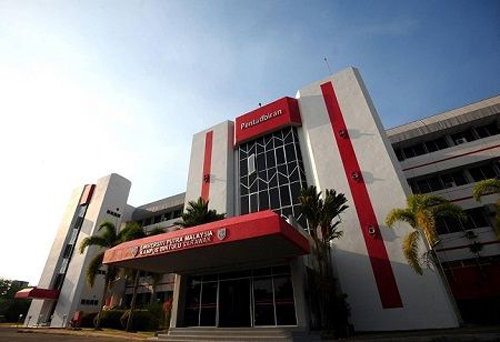
A resident of Kampung Lebu Kulit, Sarawak showed his herbaceous plants.
PLANTS play an important role in human development and are used for centuries. The culture of an ethnicity or society as well as the distribution of natural plants create traditional medicine that is primarily influenced by the theories, experiences and beliefs of the local community.
In Asia, there are communities that still rely on traditional medicine as the main source of treatment. However, now due to the rapid development, this invaluable knowledge of traditional medicine is at risk of extinction because society is more inclined towards modern medicine.
Therefore, ethnobotanical studies are very important, especially in Sarawak which has more than 40 ethnic groups that are quite unique in terms of language, culture and way of life.
Forestry Science Department, Universiti Putra Malaysia Bintulu Campus (UPMKB) is conducting ethnobotany studies to explore the knowledge of herbal medicine practiced by sarawak's indigenous ethnic groups. For starters, a team of researchers visited Kampung Uma Badeng and Kampung Lebu Kulit in Belaga.
The aim of this study is to understand and record the knowledge of the Kenyah community in herbal medicine. Over 20 traditional medicine practitioners were interviewed and this provides an opportunity for the research team to delve into the world of traditional medicine.
For example, the root of the antidote is used as an antidote to all kinds of poisoning. Its use is also very convenient. It is only necessary to chew a small part of the root of the antidote if it suffers from poisoning. There are also practitioners who use the boiled water vapor of the root of the cure to relieve colds.
In addition, there is also using boiled water of keladi kemoyang (homalomena sagittifolia) to treat hot fever, boiled water of lemuni leaves (vitex trifolia) as a health supplement, black halia (kaempferia parviflora) for the treatment of heart disease and dozens more traditional treatments that use various forest herbs.
However, it goes through the process of scientific studies to find out the level of effectiveness and also the active ingredients in the herb. There are medical experts advising to be vigilant as the misuse of herbal medicines can have harmful side effects on health.
Therefore, the UPMKB investigating team will continue ethnobotanical studies by running an analysis to determine the content of herbaceous plant extracts used as traditional treatments.
This can also be the basis for commercialising the traditional treatments of the Sarawak community as the income generation from herbal crops as well as traditional medicine is very high.-UTUSAN
From : Dr. Keeren Sundara Rajoo, UPM Bintulu Campus, Sarawak
More information, Click >> HERE
Date of Input: 28/02/2022 |
Updated: 12/10/2022 | lanz
MEDIA SHARING


































